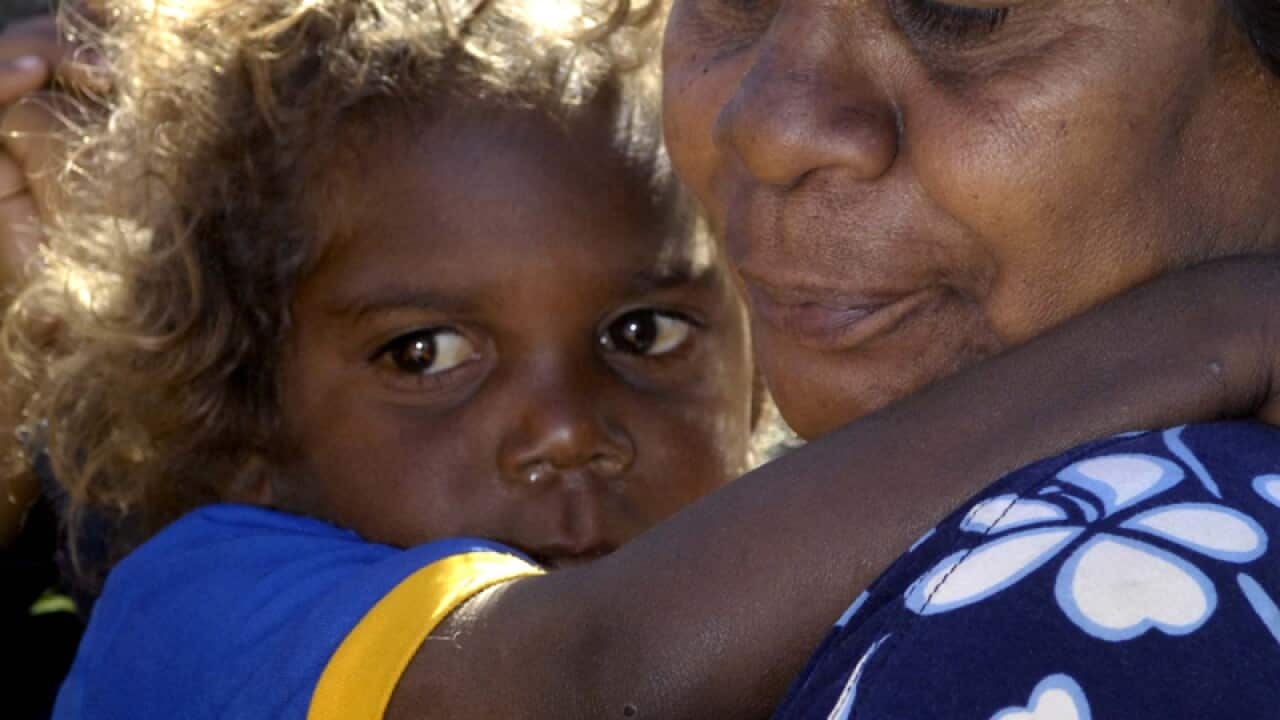The statistics illustrating the 'gap' are startling. In 2006 Indigenous males had a life expectancy of 67.2 years, compared to non-Indigenous males at 78.7 years, according to the Australian Bureau of Statistics. The child mortality rate for Indigenous children is more than twice that of non-Indigenous children. (45 Aboriginal children under four died per 100,000 in 2010, compared with 20 non-Indigenous). And in education, 70 per cent of non-Indigenous students complete year 12, compared to just 40 per cent among Indigenous students.
Closing the Gap was announced by Kevin Rudd in 2008, when the then-Prime Minister issued his Apology to the Stolen Generations.
The Australian government set six targets to improve the lives of Indigenous Australians.
These are:
- To close the gap in life expectancy within a generation (by 2031)
- To halve the gap in mortality rates for Indigenous children under five by 2018.
- To ensure all Indigenous four-year-olds in remote communities have access to early childhood education (by 2015).
- To halve the gap for Indigenous students in reading, writing and numeracy by 2018.
- To halve the gap for Indigenous people aged 20-24 in completing Year 12 by 2020.
- To halve the gap in employment outcomes between Indigenous and non-Indigenous Australians by 2018.
Who is responsible for the targets?
The Council of Australian Governments (COAG) have shared responsibility to achieve the set targets.
Additionally, the Department of Education, Employment and Workplace Relations (DEEWR) is responsible for the latter four of the targets dealing with education and employment.
Current outcomes
The Prime Minister's Report on Closing the Gap released in February 2013 noted some targets were on track to being realised while others were in danger of slipping. Data is based on information gathered in the 2011 Census.
Life expectancy: Will need to improve at greater rates if 2031 target is to be achieved.
Infant mortality: On track to be achieved by 2018 if current rates continue.
Early childhood education: On target to be achieved in 2013, based on current trends.
Literacy: Mixed outcomes. Progress needs to accelerate if target is to be achieved.
High school completion: Ahead of schedule.
Employment: Showing slight signs of improvement, but remains at risk of missing target.
Share

